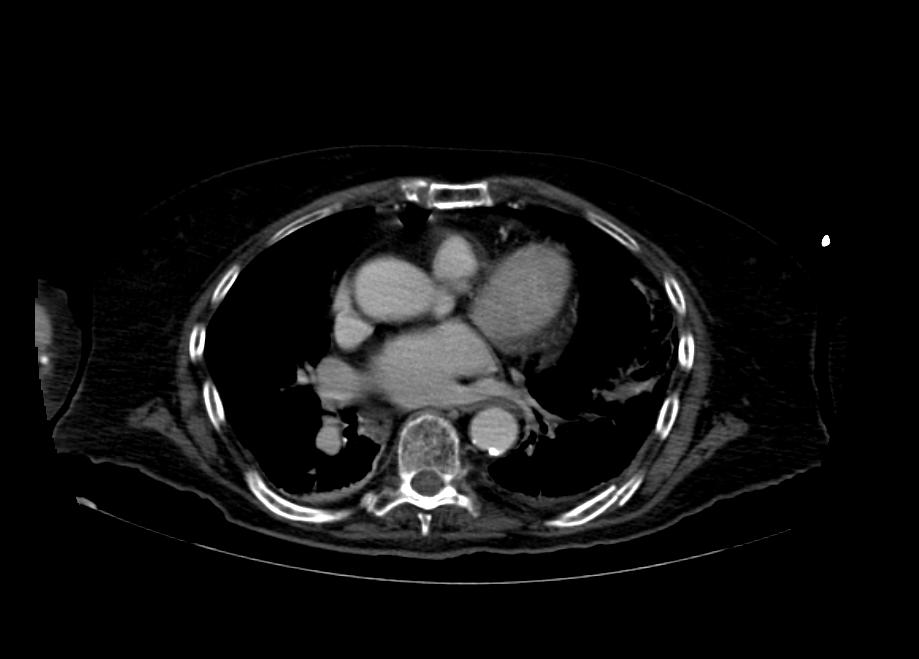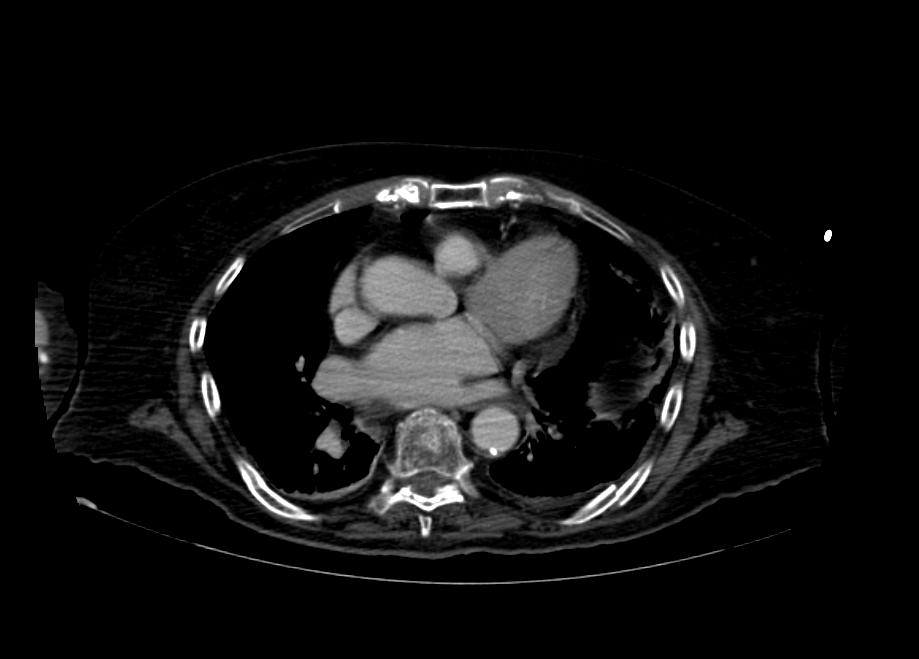Flail chest: Difference between revisions
No edit summary |
No edit summary |
||
| Line 1: | Line 1: | ||
__NOTOC__ | __NOTOC__ | ||
'''For patient information, click [[Flail chest (patient information)|here]]''' | |||
{{Flail chest}} | {{Flail chest}} | ||
{{CMG}} | {{CMG}} | ||
Revision as of 18:31, 5 February 2013
For patient information, click here
|
Flail chest Microchapters |
|
Diagnosis |
|---|
|
Treatment |
|
Case Studies |
|
Flail chest On the Web |
|
American Roentgen Ray Society Images of Flail chest |
Editor-In-Chief: C. Michael Gibson, M.S., M.D. [1]
Overview
A flail chest is a life-threatening medical condition that occurs when a segment of the chest wall breaks under extreme stress and becomes detached from the rest of the chest wall. It occurs when multiple adjacent ribs are broken in multiple places, separating a segment, so a part of the chest wall moves independently. The number of ribs that must be broken varies by differing definitions: some sources say at least two adjacent ribs are broken in at least two places,[1] some require three or more ribs in two or more places.[2] The flail segment moves in the opposite direction as the rest of the chest wall: because of the ambient pressure in comparison to the pressure inside the lungs, it goes in while the rest of the chest is moving out, and vice versa. This so-called "paradoxical motion" can increase the work and pain involved in breathing. Studies have found that up to half of people with flail chest die. Flail chest is invariably accompanied by pulmonary contusion, a bruise of the lung tissue that can interfere with blood oxygenation.[3] Often, it is the contusion, not the flail segment, that is the main cause of respiratory failure in patients with both injuries.[4]
Causes
It is a serious, life-threatening chest injury often associated with underlying pulmonary injury and is most commonly seen in cases of significant blunt trauma.
This typically occurs when three or more ribs are fractured in two or more places, allowing that segment of the thoracic wall to displace and move independently of the rest of the chest wall. Flail chest can also occur when ribs are fractured proximally in conjunction with disarticulation of costochondral cartilages distally. For the condition to occur, generally there must be a significant force applied over a large surface of the thorax to create the multiple anterior and posterior rib fractures. Rollover and crushing injuries most commonly break ribs at only one point– for flail chest to occur a significant impact is required, breaking the ribs in two or more places.[5]
Presentation
The characteristic paradoxical motion of the flail segment occurs due to pressure changes associated with respiration that the rib cage normally resists:
- During normal inspiration, the diaphragm contracts and intercostal muscles push the rib cage out. Pressure in the thorax decreases below atmospheric pressure, and air rushes in through the trachea. However, a flail segment will not resist the decreased pressure and will appear to push in while the rest of the rib cage expands.
- During normal expiration, the diaphragm and intercostal muscles relax, allowing the abdominal organs to push air upwards and out of the thorax. However, a flail segment will also be pushed out while the rest of the rib cage contracts.
The constant motion of the ribs in the flail segment at the site of the fracture is exquisitely painful, and, untreated, the sharp broken edges of the ribs are likely to eventually puncture the pleural sac and lung, which may be fatal.
Diagnostic Findings
-
CT: Rib fracture
-
CT: Rib fracture
-
Bone scan demonstrates multiple rib fractures
Treatment
Treatment of the flail chest initially follows the principles of Advanced Trauma Life Support. Further treatment includes:
- Good analgesia including intercostal blocks, avoiding narcotic analgesics as much as possible. This allows much better ventilation, with improved tidal volume, and increased blood oxygenation.
- Positive ventilation, meticulosly adjusting the ventilator settings to avoid barotrauma.
- Chest tubes as required.
- Adjustment of position to make the patient most comfortable and provide relief of pain.
Surgical fixation is usually not required.
Videos: Flail Chest
{{#ev:youtube|e0VNBDbr67U}}
{{#ev:youtube|OzBmQi5rgTE}}
References
- ↑ Emergency Nurses Association (2005). Sheehy's Manual of Emergency Care (6th ed.). St Loius, Missouri: Elsevier Mosby. pp. 655–657. Unknown parameter
|coauthors=ignored (help) - ↑
Keel M, Meier C (2007). "Chest injuries - what is new?". Current Opinion in Critical Care. 13 (6): 674–9. doi:10.1097/MCC.0b013e3282f1fe71. PMID 17975389. Unknown parameter
|month=ignored (help) - ↑ Yamamoto L, Schroeder C, Morley D, Beliveau C (2005). "Thoracic trauma: The deadly dozen". Critical Care Nursing Quarterly. 28 (1): 22–40. PMID 15732422.
- ↑ Hemmila MR, Wahl WL (2005). "Management of the injured patient". In Doherty GM. Current Surgical Diagnosis and Treatment. McGraw-Hill Medical. p. 214. ISBN 0-07-142315-X. Retrieved 2008-07-04.
- ↑ Bjerke, H Scott (June 16, 2006). "Flail Chest". eMedicine. Retrieved 2007-08-04.

